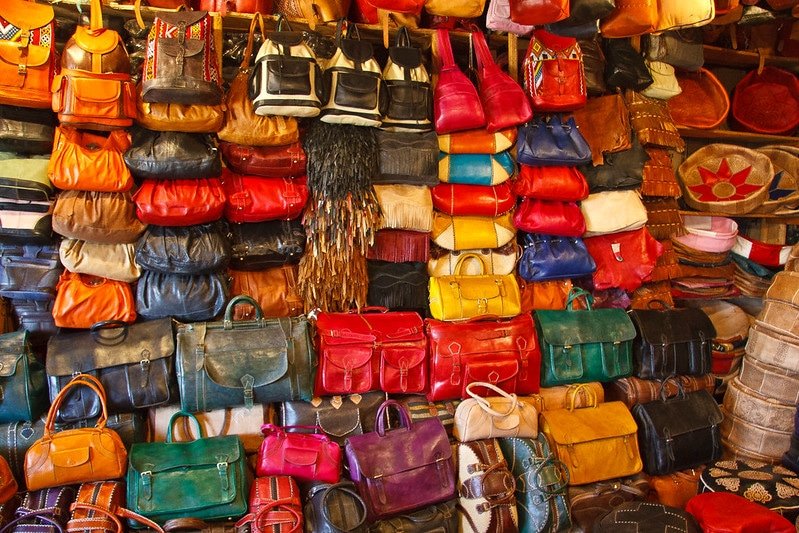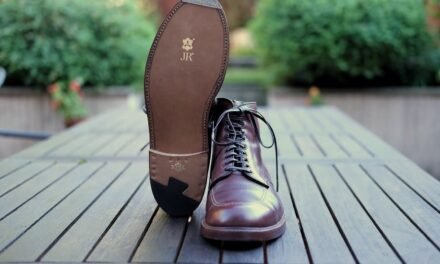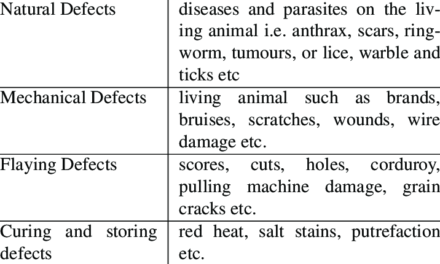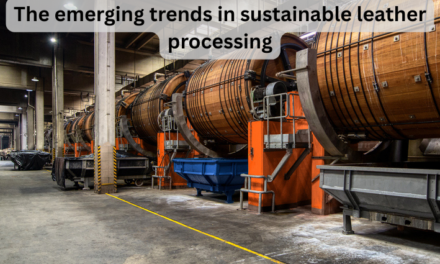Producing luxury leather goods presents unique challenges due to the high standards of quality, craftsmanship, and exclusivity that define the luxury market. Here are the primary challenges faced in the production of luxury leather goods:
1. High-Quality Raw Material Sourcing
- Challenge:
- Sourcing premium leather with consistent quality is critical but challenging.
- Only the top 5–10% of hides are suitable for luxury goods.
- Issues:
- Natural imperfections like scars, insect bites, or stretch marks.
- Limited availability of exotic leathers like crocodile, ostrich, or python due to strict regulations (e.g., CITES permits).
- Ethical and sustainable sourcing concerns, requiring compliance with environmental and animal welfare standards.
- Impact:
- Delays in procurement and increased costs for raw materials.
2. Skilled Craftsmanship
- Challenge:
- Luxury leather goods demand precision, attention to detail, and high levels of expertise.
- Issues:
- Shortage of skilled artisans capable of hand-stitching, embossing, or applying intricate detailing.
- Time-intensive training required for specialized techniques like saddle stitching or hand-tooling.
- Impact:
- Production bottlenecks and limited scalability due to reliance on manual craftsmanship.
3. Quality Control
- Challenge:
- Maintaining consistent quality across all products.
- Issues:
- High rejection rates for minor defects in leather or stitching.
- Intensive inspections at multiple stages to meet luxury standards.
- Impact:
- Increased costs and longer production cycles.
4. Customization and Personalization
- Challenge:
- Meeting customer expectations for bespoke designs and features.
- Issues:
- Each customization (e.g., monograms, special sizes, unique patterns) requires adjustments in design, materials, and production processes.
- Ensuring consistency in customized products is difficult with manual processes.
- Impact:
- Higher production costs and extended lead times.
5. Environmental and Ethical Considerations
- Challenge:
- Aligning with sustainability expectations while maintaining luxury standards.
- Issues:
- Pressure to adopt eco-friendly practices, such as using bio-based or recycled leathers, which may not yet match the quality of traditional leather.
- Transparency in sourcing and production to meet consumer and regulatory demands.
- Impact:
- Increased costs for sustainable materials and certifications (e.g., Leather Working Group certification).
6. Production Costs
- Challenge:
- Luxury leather goods are labor-intensive and require top-tier materials, driving up costs.
- Issues:
- High costs for premium leather, skilled labor, and specialized equipment.
- Expensive treatments and finishes, such as hand-painting or exotic leather tanning.
- Impact:
- Narrow profit margins, especially for small-scale luxury brands.
7. Time-Intensive Processes
- Challenge:
- Luxury production methods prioritize quality over speed.
- Issues:
- Techniques like hand-stitching, edge burnishing, and embossing take significantly more time than machine-based mass production.
- Impact:
- Extended production timelines limit scalability.
8. Technological Limitations
- Challenge:
- Balancing traditional craftsmanship with modern technology.
- Issues:
- Limited use of automation, as many luxury processes rely on manual expertise.
- Difficulty integrating advanced technologies like AI and robotics without compromising the “handmade” appeal.
- Impact:
- Higher dependence on human labor and slower adaptation to industry innovations.
9. Regulatory and Trade Compliance
- Challenge:
- Navigating complex regulations for leather and exotic materials.
- Issues:
- Export/import restrictions on exotic leathers, such as crocodile or python, requiring documentation and permits.
- Adhering to labor laws and environmental regulations in different countries.
- Impact:
- Delays in international shipping and added administrative costs.
10. Limited Scalability
- Challenge:
- Scaling production while maintaining the exclusivity and quality of luxury goods.
- Issues:
- Handcrafted processes and reliance on premium materials make mass production unfeasible.
- Ensuring consistent quality at scale is difficult without compromising the brand’s reputation.
- Impact:
- Restricted market reach and limited inventory.
11. Competitive Market
- Challenge:
- Differentiating luxury leather goods in a saturated market.
- Issues:
- Competing with well-established brands with significant market share.
- Counterfeit goods dilute the exclusivity of luxury products.
- Impact:
- Need for innovative designs and strong brand identity.
12. Longevity and Repairability
- Challenge:
- Luxury goods are expected to last a lifetime and offer repair services.
- Issues:
- Designing products with durability while maintaining aesthetic appeal.
- Establishing repair facilities or networks to uphold after-sales service.
- Impact:
- Increased long-term costs for maintenance and customer support.
13. Consumer Expectations
- Challenge:
- Meeting the high expectations of luxury consumers.
- Issues:
- Customers demand perfection, exclusivity, and superior customer service.
- Providing customization without compromising delivery timelines or quality.
- Impact:
- Pressure to constantly innovate while upholding tradition.
14. Packaging and Presentation
- Challenge:
- Delivering a premium unboxing experience that complements the product’s luxury status.
- Issues:
- High costs for sustainable, high-quality packaging materials.
- Custom packaging designs for exclusive collections or limited editions.
- Impact:
- Adds to production and logistics costs.
15. Market Trends and Sustainability
- Challenge:
- Balancing timeless design with contemporary trends and eco-conscious demands.
- Issues:
- Adapting to fast-changing consumer preferences while maintaining brand heritage.
- Incorporating sustainable practices without compromising on quality or aesthetics.
- Impact:
- Increased R&D costs to develop innovative, sustainable products.
Conclusion
Producing luxury leather goods requires overcoming challenges related to material sourcing, craftsmanship, sustainability, and consumer expectations. The focus on exclusivity, quality, and detail often limits scalability and increases costs, but it also sets luxury brands apart. Addressing these challenges with innovative techniques, skilled labor, and sustainable practices is essential for maintaining a competitive edge in the luxury market.
Hashtags
#LuxuryLeatherChallenges #HighEndLeatherCrafting #PremiumLeatherProduction #LuxuryGoodsManufacturing #SustainableLeatherGoods #LeatherQualityStandards #ArtisanLeatherCrafting #LuxuryLeatherInnovation #ExclusiveLeatherDesigns #CraftingLuxuryAccessories







